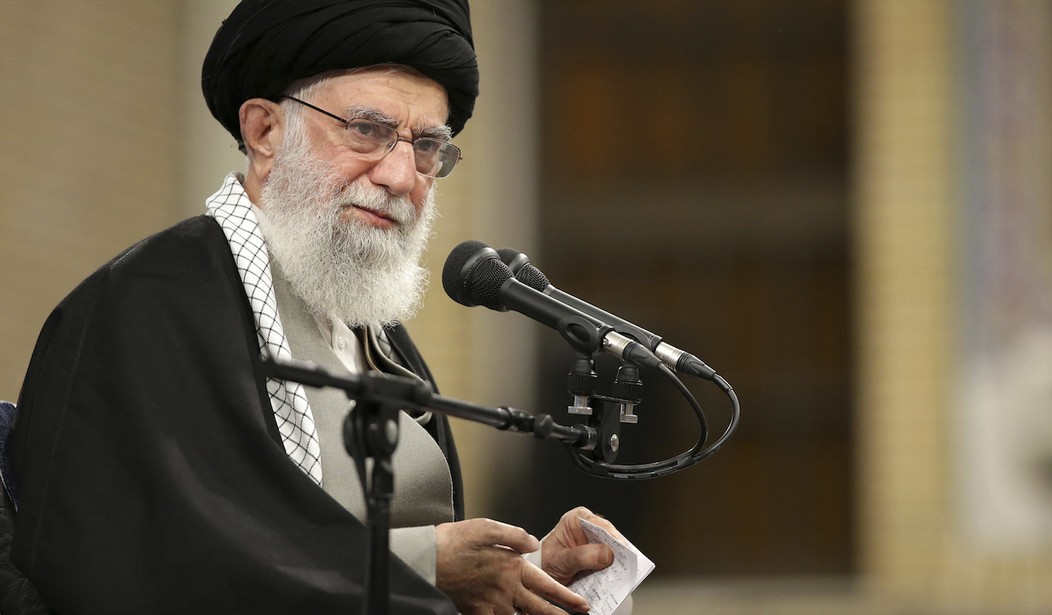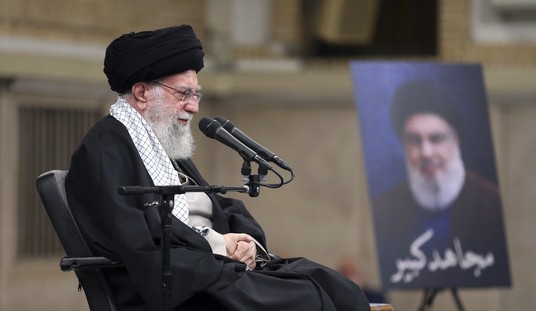On December 31, 1977, President Jimmy Carter toasted the Shah at a state dinner at Niavaran Palace in Iran. I remember it like it was yesterday. Fresh from completing my undergrad at UCLA, I was watching the state dinner on the evening news when to my surprise, I caught a glimpse of my uncle, who was a senior Foreign Ministry official. My brother Hossein nudged me with his elbow to inquire if I’d seen him and we exchanged a surprised glance.
But that was hardly the only surprise of the day. In his toast, Carter described Iran as “an island of stability in one of the most troubled areas of the world.” This time, I nudged Hossein and asked: “Do you hear this? Is he daydreaming?”
Less than 13 months later, one of the greatest popular revolutions in modern human history brought down the "island of stability" and a teary-eyed Shah was forced to unceremoniously flee the country amid nationwide protests.
Since the early 1970s, my brother and I had been actively opposing the Shah's dictatorship and advocating for democracy and human rights. We were both keenly aware of the people’s resentment toward the monarchy.
Social media was absent, but reports were steadily emerging of persistent protests, making it evident that the Shah’s days were numbered. So, it was practically inconceivable for the US president to be so plainly naive about the real prospect of the monarchy's collapse.
The February 11, 1979 revolution, the anniversary of which is this week, was supposed to lead to democracy. But decades of suppression by the Shah's dictatorship left only the fundamentalist clerics - who were largely spared from the Shah's wrath - to fill the leadership vacuum. Ruhollah Khomeini hijacked the popular revolution and installed himself as "supreme leader." His newly-established theocracy suppressed the people’s aspirations for democracy and a more egalitarian society.
Recommended
In 1979, I was already somewhat familiar with the emerging threat of Islamic fundamentalism. I had travelled to France during the final months of Khomeini’s exile there, and I had seen him and his entourage up close and personal. I had no illusions about their backward ideology, and was certain that they would ultimately push back against the people’s demands for freedom and popular sovereignty.
Iran had ended up trading the crown for the turban. Activists like Hossein and I had to continue fighting for democracy.
Hossein, a US-educated aerospace engineer and a prolific writer, went back to Iran a month before the Shah's downfall. Khomeini’s faction began its reign of terror, focusing especially on the Mujahedin-e-Khalq, or People’s Mojahedin Organization of Iran (PMOI/MEK). Hossein and many others were executed in 1981. Within a few years, my grief would be shared by thousands of others whose family members had ties to the MEK.
The senseless state killings, directed against anyone who opposed the mullahs’ ruthless theocracy, culminated in the 1988 massacre of political prisoners, which claimed 30,000 lives in just three months. The regime then made concerted efforts to present itself as a fitting example of the description that President Carter had erroneously appended to the previous regime. State media began describing the MEK – the country’s leading voice for a democratic alternative – as an isolated "cult" with no popular backing.
Tehran never acknowledged the true scale of the 1988 massacre, though authorities steadfastly defended the underlying fatwa by Khomeini ordering his subordinates to "annihilate the enemies of Islam." Anyone who maintained support for the MEK was ordered to be hanged. Worse, Tehran was never subjected to serious international pressure, even though Iranian activists had informed the United Nations and lawmakers about the massacre.
In 2019, Swedish authorities arrested a former Iranian prison official named Hamid Noury and put him on trial for the massacre based on “universal jurisdiction.” The arrest served to challenge the regime’s efforts to deflect attention from its past crimes against humanity. Meanwhile, the regime was losing its grip on the narratives that allowed it to portray itself as a stable government deserving of normal engagement on the world stage.
In January 2018, Khomeini’s successor Ali Khamenei delivered a speech in which he acknowledged that then-ongoing nationwide protests were largely organized by the MEK. In November 2019, uprisings featured slogans like “death to the dictator” in nearly 200 cities and towns. Since then, public unrest has been more-or-less continuous. Like the Shah before them, the mullahs’ days are numbered.
The prevalence of social media activism has allowed the prospect of regime change to become evident much more quickly than in 1977. So, it is even harder now to imagine an American president or official describing the failing theocracy as “stable.” If the US recognizes facts on the ground, it can help to ensure that this time, the proponents of democracy lead the imminent revolution to its long-desired destination.
Ali Safavi (@amsafavi) is a member of the Foreign Affairs Committee of the Paris-based National Council of Resistance of Iran (NCRI)

























Join the conversation as a VIP Member